
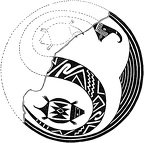 Serpent
Serpent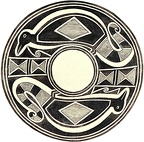 Problematical Animal
Problematical Animal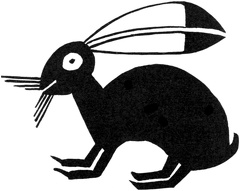 Rabbit
Rabbit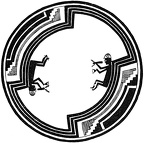 Priest smoking
Priest smoking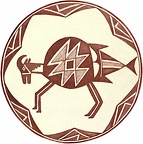 Problematic Animal
Problematic Animal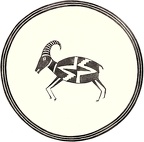 Mountain Sheep
Mountain Sheep Pictographs
Pictographs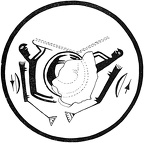 Man with curved stick
Man with curved stick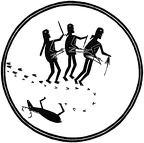 Hunters
Hunters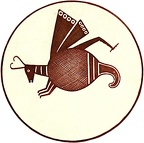 Grasshopper
Grasshopper Frog fetish
Frog fetish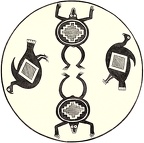 Frogs and Birds
Frogs and Birds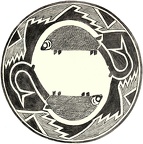 Fishes
Fishes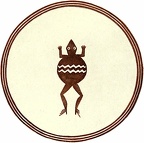 Frog
Frog Fetish
Fetish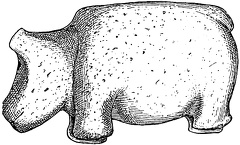 Fetish
Fetish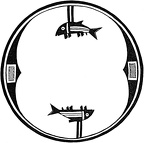 Fish
Fish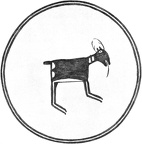 Fawn
Fawn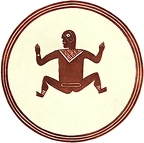 Dancing Figure
Dancing Figure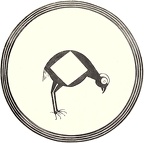 Bird C
Bird C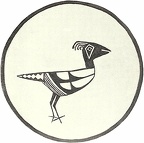 Bird F
Bird F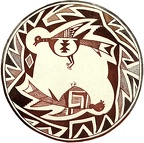 Bird A
Bird A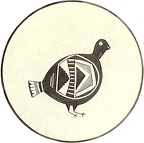 Bird B
Bird B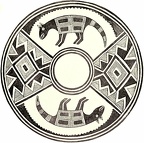 Two Wolves
Two Wolves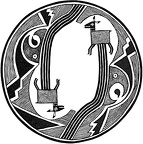 Unidentified animal
Unidentified animal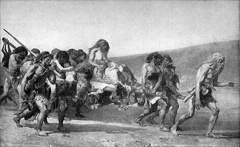 The first wanderers of the earth - Tribal migration in prehistoric times
The first wanderers of the earth - Tribal migration in prehistoric times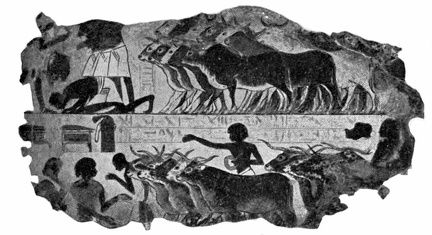 Vivid scenes of ancient life depicted by contemporary artists
Vivid scenes of ancient life depicted by contemporary artists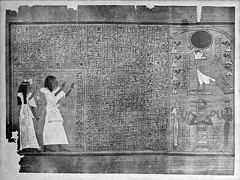 Ancient Egypt’s strange books and pictorial records, made of papyrus
Ancient Egypt’s strange books and pictorial records, made of papyrus St. Bridget, from an old cut in the possession of Earl Spencer
St. Bridget, from an old cut in the possession of Earl Spencer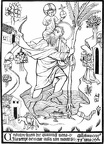 St. Christopher, with the date 1423, from a cut in the possession of Earl Spencer
St. Christopher, with the date 1423, from a cut in the possession of Earl Spencer A Son of Pan
A Son of Pan Ashes of Roses
Ashes of Roses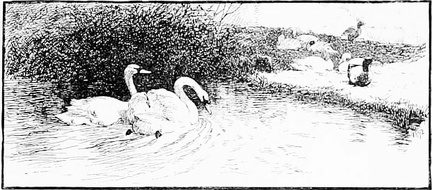 Swans
Swans The Trumpeter
The Trumpeter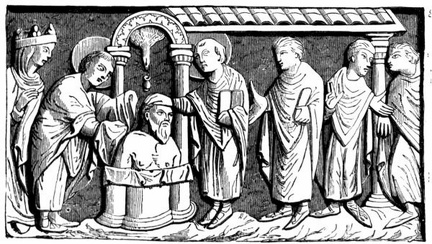 Baptism of Clovis
Baptism of Clovis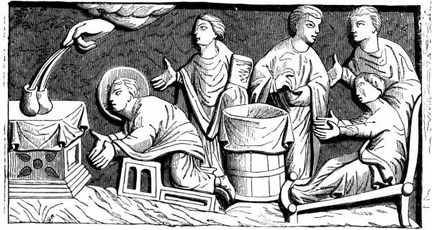 A miracle of Remigius 2
A miracle of Remigius 2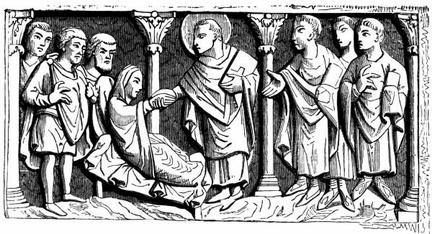 A miracle of Remigius
A miracle of Remigius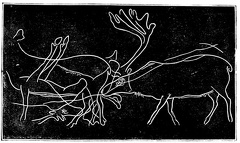 Group of reindeer drawn upon a piece of slate
Group of reindeer drawn upon a piece of slate Esquimaux carving
Esquimaux carving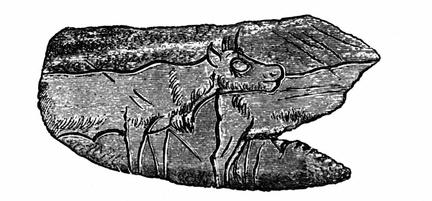 Prehistoric carving
Prehistoric carving Statue of Rânofir
Statue of Rânofir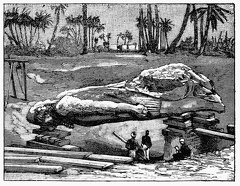 The Colossus of Ramses II emerging from the earth
The Colossus of Ramses II emerging from the earth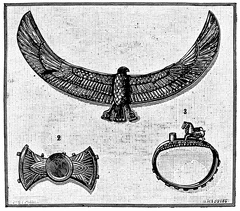 Egyptian jewellery of the XIXTH dynasty
Egyptian jewellery of the XIXTH dynasty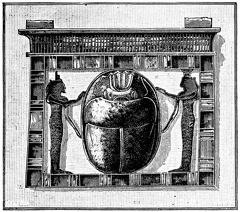 Gold pectoral inlaid with enamel
Gold pectoral inlaid with enamel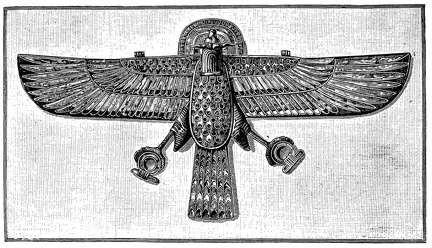 Pectoral in shape of a hawk with a ram’s head
Pectoral in shape of a hawk with a ram’s head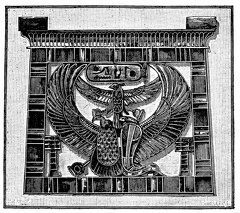 Pectoral of Ramses II
Pectoral of Ramses II Statuette in wood
Statuette in wood The lady Touî, statuette in wood
The lady Touî, statuette in wood Statuette in wood 2
Statuette in wood 2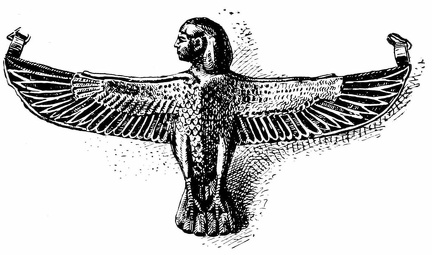 The Soul - front view
The Soul - front view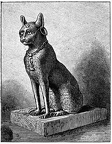 Bronze Cat
Bronze Cat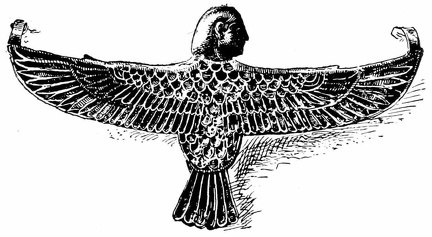 The Soul - back view
The Soul - back view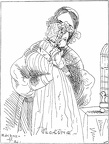 The Queen's first baby
The Queen's first baby A Grazing Bison, Delicately and Carefully Drawn, Engraved on a Wall of the Altamira Cave, Northern Spain
A Grazing Bison, Delicately and Carefully Drawn, Engraved on a Wall of the Altamira Cave, Northern Spain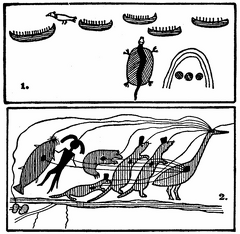 American Indian Picture-Writing
American Indian Picture-Writing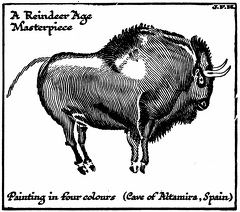 A Reindeer Age Masterpiece
A Reindeer Age Masterpiece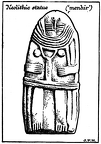 A Menhir of the Neolithic Period
A Menhir of the Neolithic Period



